Home>Garden Essentials>Garden Plants>Gardening 101: When is The Best Time To Plant Tulips
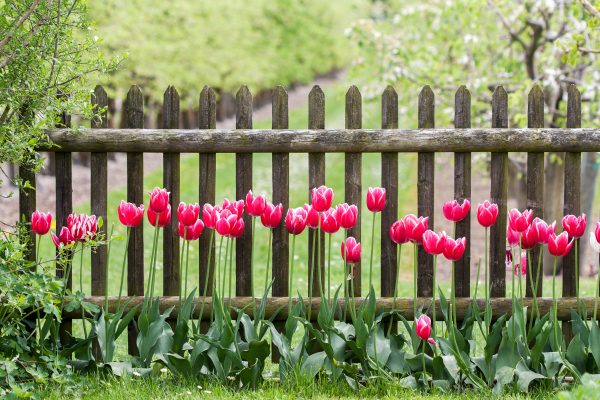
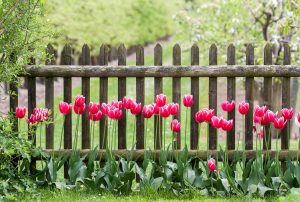
Garden Plants
Gardening 101: When is The Best Time To Plant Tulips
Modified: December 6, 2023
Planting tulips is rewarding but needs a lot of work to ensure maximum blooms. When is the best time to plant tulips, you ask? Click here.
(Many of the links in this article redirect to a specific reviewed product. Your purchase of these products through affiliate links helps to generate commission for Storables.com, at no extra cost. Learn more)
Tulips are known for their long, thin petals and rich colors. These make them a wonderful addition to any garden, especially for those who want to add a pop of color to their outdoor space. So when is the best time to plant tulips? While some tulip varieties can be planted throughout the year, most gardeners recommend planting them in early autumn to fully enjoy a beautiful parade of colors by spring.
Planting at this time will help keep weeds at bay since there aren’t many other plants growing just yet. In addition, this will make it easier for you to keep up with weeding later so that your garden looks its best all season long. The cool weather will also protect you from the dangers of the hot weather, especially since you’ll be spending an extended period of time planting outside.
Fun Facts About Tulips
Tulips are known for their vibrant colors, but did you know there is more to them than meets the eye? For one, these perennials are native to Central Asia and the Ottoman Empire, where they were originally cultivated. In 17th century Holland, tulips became incredibly popular, and people began trading and selling them within and outside the region. This led to the flower’s popularity and eventual rise in value that spawned the so-called “tulip-mania”. In fact, tulips were so valuable during this time that some people say it affected the Dutch economy, causing it to collapse when these flower’s prices plummeted.
But of course, the most exciting thing about tulips is their unique blooming process. Tulips are part of the Liliaceae family and are considered a lily species. This means that they have a unique way of blooming and opening up. In addition, they have what is known as a “false stem” at the center, which makes them look like they’re in full bloom even before they’ve opened up completely. So the color you see on top is actually just the petals while the true bloom lies under it!
Speaking of which, tulips are also known for their unique blooms. The petals are arranged in one of two ways: either in a circle or in a fan shape. It is also a multi-colored flower, making it easy to find one that matches your decor!
There are currently more than 3,000 species of tulips worldwide, and each is known for its distinct colors and patterns. For example, some tulips are striped, others have yellow or red petals, and some even have white or purple markings on their petals. Moreover, each color represents a different meaning, making them even more popular among gardeners and couples. For example, red tulips represent love, pink tulips symbolize gratitude, and yellow tulips mean friendship.
Another fun fact about these plants is their distinct fragrance. While most tulips do not have a sweet smell like other flowers do, they possess a complex, grassy green and apple-like aroma that many would find quite pleasant. These beautiful flowers can be planted at different times depending on the type, but you should still plant them before the end of October to ensure that they’re ready in time for spring.
Tulips can be planted in containers or on the ground and should be placed in full sun or partial shade if you live in a warmer climate. They need well-drained soil that’s rich with organic materials like compost and amendments like peat moss to promote growth. Also, make sure to top off the soil with mulch to help keep the moisture at bay.
Read more: When Is The Best Time To Plant Landscaping
How to Pick the Right Spot for Your Tulips
While tulips are beautiful, they are also a lot of work. They require a lot of care and maintenance, which you may want to be prepared for. For one, you must be sure that you have the time and resources to take care of them before you plant them. Also, make sure you choose the right spot to grow them in your yard. Here are some information about choosing the right spot for your tulips so that they can thrive in your garden:
Planting Tulips in Containers
Tulips can be planted in pots. This is an excellent idea if you don’t have a lot of space for planting them directly in the ground. However, make sure to place them at least 2 or 3 inches apart because they tend to wilt quickly when planted too close together. This space will allow for a more lush appearance in your garden when the perennials have fully blossomed and grown regardless.
You may also want to consider using a lightweight container, so it doesn’t weigh down the roots. This will also give you the option to move them indoors or around your garden to improve your landscape. Additionally, ensure that the pots have good drainage, so they don’t rot or become waterlogged. If you want to add extra protection, place some gravel around the bulbs and ensure it covers any exposed roots and holes on the sides of the container. This will prevent rodents and other pests from digging and destroying your plant.
Planting Tulips Directly To The Ground
If you have ample space in your garden to grow a beautiful tulip bed, you may want to consider planting them directly in the ground. However, remember that tulips are bulbs so they will need ample room to grow. So, make sure you dig holes about 6 inches deep and reserve at least 4 inches of space between each bulb. If you have a small garden, you may plant two to four tulip bulbs for each bed. This will allow each bulb to grow and develop into a beautiful flower with fewer problems. However, if you have room for more plants and want a large display of aesthetically pleasing tulips in your garden, then you can go with as many as eight to ten bulbs per garden bed.
Furthermore, make sure that you place your bulbs pointed side up and cover them with dirt, mulch, or compost to add extra nutrients to your plants. After they have grown, you can either leave them in place or plant other flowers around them like daffodils or hyacinths. These flowers will help compliment your tulips because their colors will blend nicely with those of a tulip.
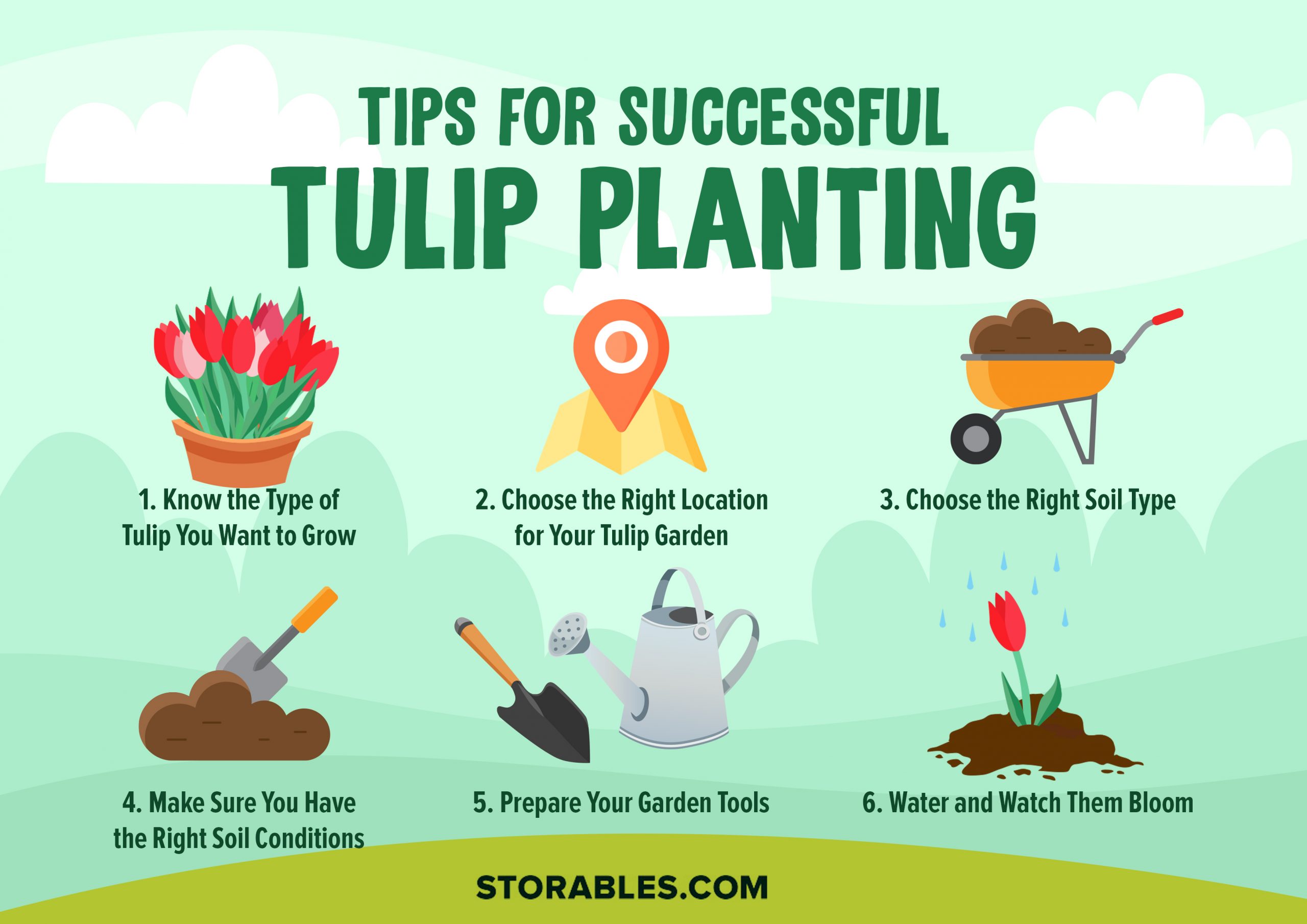
Tips For Successful Tulip Planting
When planting your tulips, consider the following tips to ensure success.
Read more: When Is The Best Time To Plant Pasture Grass
1. Know the Type of Tulip You Want to Grow
When planning a tulip garden, it’s important to remember that thousands of varieties are available, and each has different requirements. For example, some tulips need a cold period in which the bulbs must be exposed to temperatures between 30 and 50 degrees Fahrenheit for 10 to 12 weeks before they can be planted. Of course, this can be a problem for those living in warmer regions. That’s why it’s essential to check the recommended planting times for each variety of tulip before you plant them. Some tulips also need a period called forcing, which is when you force the bulbs into growth in late summer or early fall by keeping them in a cool place, such as a refrigerator. If you don’t know what type of tulip you want to grow, then it’s a good idea to start with a few varieties that are recommended for your area.
2. Choose the Right Location for Your Tulip Garden
When planning the location for your tulip garden, remember that tulips need full sunlight and should be planted in well-drained soil. They also need to be planted in an area that doesn’t get too much traffic. In other words, avoid overcrowding them. Make sure they are spaced far enough apart so they don’t crowd each other when they grow.
When choosing the location, make sure that it’s near a water source so you can regularly water them during dry periods. Also, when planting them, it’s important to keep them away from trees that may drop leaves or branches on them while they’re blooming. If necessary, create some barriers around your tulips so they can receive plenty of sunlight and won’t be damaged by falling tree limbs or leaves.
3. Choose the Right Soil Type
In general, tulips flourish in almost any soil type. However, they thrive best in sandy soil mixed with compost, peat moss, or manure. This is because these perennials prefer quick-draining soil that doesn’t stay wet for a long time. Furthermore, tulip bulbs are sensitive to moist soil, which leads to premature decomposition.
If the soil is lacking in nutrients or if it is too compacted, you should add some compost or manure to the soil prior to planting. This will help loosen up the soil and provide your new tulips with a nutrient-rich environment in which to grow. Make sure not to add too much fertilizer though. Too much fertilizer can lead to overly lush growth, which can cause problems later on. Plus, overly lush growth means that your plants may not be able to support themselves and fall over. It’s best to err on the side of caution when fertilizing and always use a fertilizer that specifically states that it is safe for tulips.
4. Make Sure You Have the Right Soil Conditions
When planting your tulip bulbs, make sure that your soil is well-drained and has a pH level between 6 and 7.5 (a pH of 7 is neutral). The best way to test your soil is by using a kit from your local garden center or using an electronic device like a pH meter or electronic tester pen. These devices are very easy to use and are worth their weight in gold when it comes time for planting!
Read more: When Is The Best Time To Plant Buffalo Grass
5. Prepare Your Garden Tools
Before you start planting your tulip bulbs, make sure you have the right tools on hand. You will need a trowel, a bulb planter or dibbler, and a small container of water. This way, you can easily dig holes in the ground for your bulbs and water them as needed. Also, make sure that your tools are clean to avoid spreading any diseases from pests that might be lurking in the soil.
6. Water and Watch Them Bloom
Make sure that you water your tulip beds regularly to keep them hydrated and growing strong throughout the season. Avoid overwatering them because this could cause fungal growth, which could ruin your plants completely. The ideal watering time for tulips is at least once a week to keep the soil moist but not soggy. You can use your trusted garden hose, sprinklers, or drip irrigation systems, as these will ensure that every inch of soil gets enough moisture for the proper growth and development of your flowers.
Frequently Asked Questions about When Is The Best Time To Plant Tulips
-
How do you care for tulips?
If you have decided to grow some tulips in your garden or flowerbeds, there are certain things that you will have to do to ensure that they grow strong and healthy throughout the season. Of course, one of these things is having healthy soil in which they can grow and bloom into beautiful flowers throughout the springtime. Another thing that you will have to do is plant your tulip bulbs at just the right time each year so that they can take hold in time for blooming each spring.
-
Should I soak tulip bulbs before planting?
If you are planting tulip bulbs in your flowerbeds or garden, you may have heard that it is a good idea to soak the bulbs in water before planting them. This helps to hydrate the bulb and also helps to loosen up any dirt that may be sticking to the outside of the bulb. It is important that you do not leave your tulip bulbs soaking in water for too long, as it could damage to the bulbs. Typically, it is best to soak them for about 10 minutes before planting them in a flowerbed or garden.
-
Can you leave tulips in the ground over winter?
Tulips are fun and beautiful flowering bulbs that can be left in the ground year after year. However, if you live in an area that experiences freezing temperatures each winter, it is best to dig up your tulip bulbs after they have finished their blooming season and prepare them for storage. You can store these bulbs in a cool and dry area until their blooming season begins again.
-
When to plant tulip bulbs for a spring flower show?
If you are planning on planting tulip bulbs for a spring flower show, you may want to consider planting the bulbs in the fall. This will give them plenty of time to grow over the winter and bloom in the spring. It is important that you plant these bulbs before the ground freezes over, though, as this can cause damage to them. Depending on where you live, planting your tulip bulbs in October or November may be best for optimal spring blooming.
Read more: When Is Best Time To Plant Sunflower Seeds
Conclusion
Tulips are a beautiful addition to your garden or landscaping. They are easy to care for and will provide you with bright colors and cheerful blooms all season long. Tulips are also a great way to brighten your yard and add some life to soft landscaping. You can add them to your garden or flower beds or even use them as decoration for an outdoor party. As long as you keep them well-watered and fertilized, they will grow strong and healthy, ensuring that you get beautiful and lush tulips for years.
Was this page helpful?
At Storables.com, we guarantee accurate and reliable information. Our content, validated by Expert Board Contributors, is crafted following stringent Editorial Policies. We're committed to providing you with well-researched, expert-backed insights for all your informational needs.

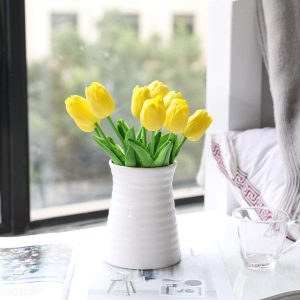



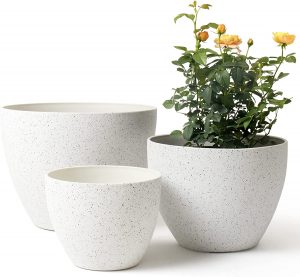

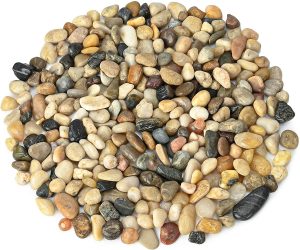



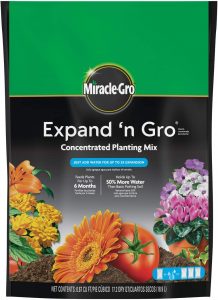
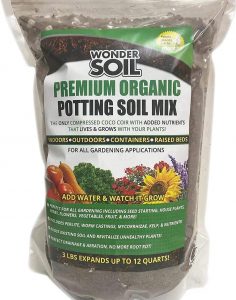



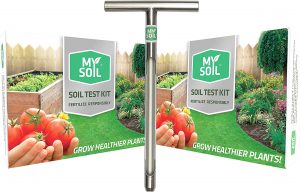

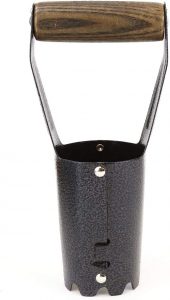
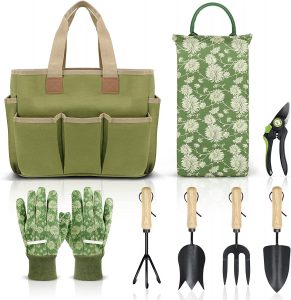
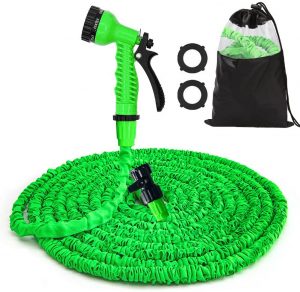
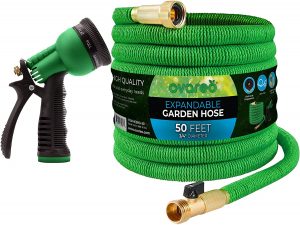

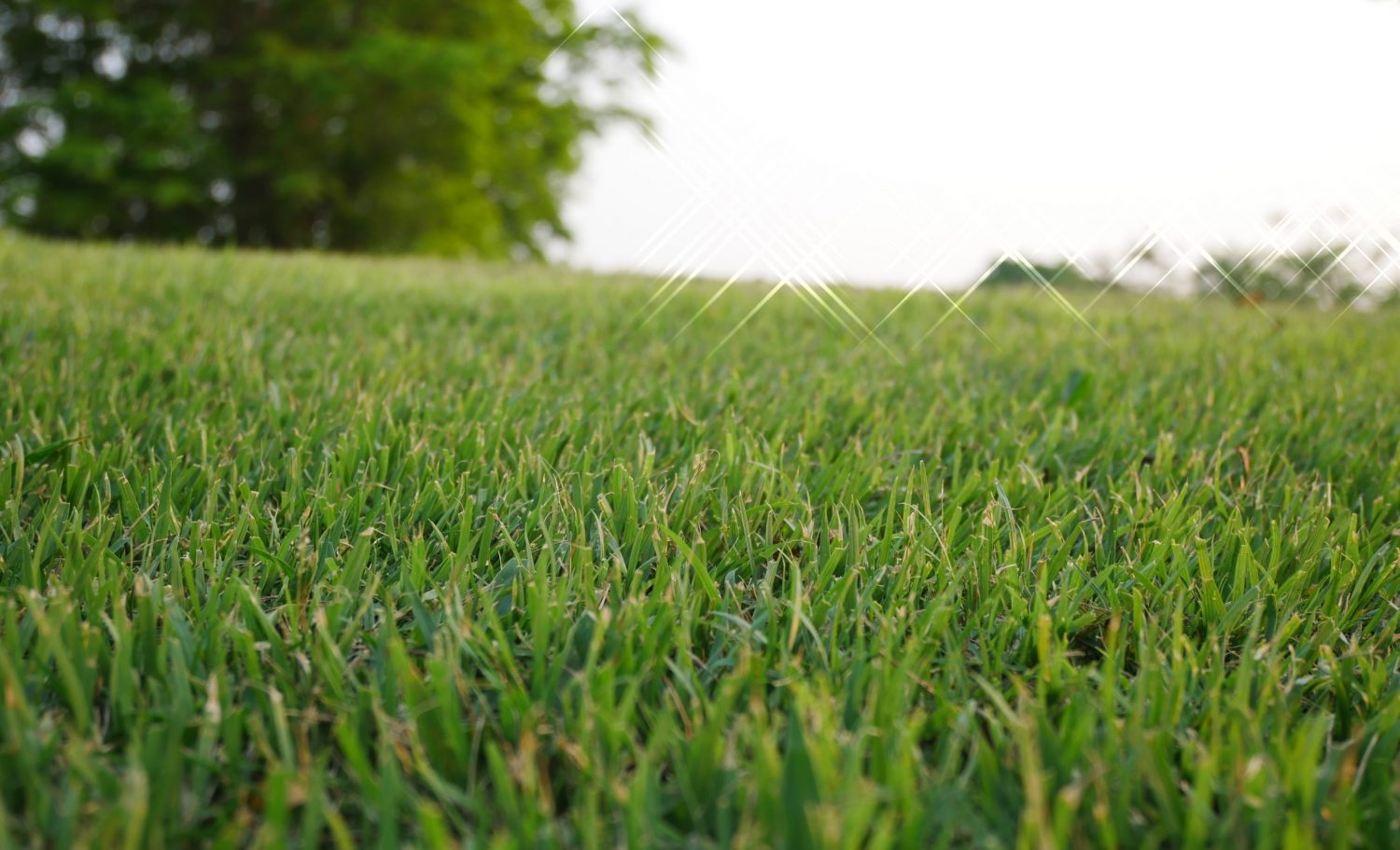

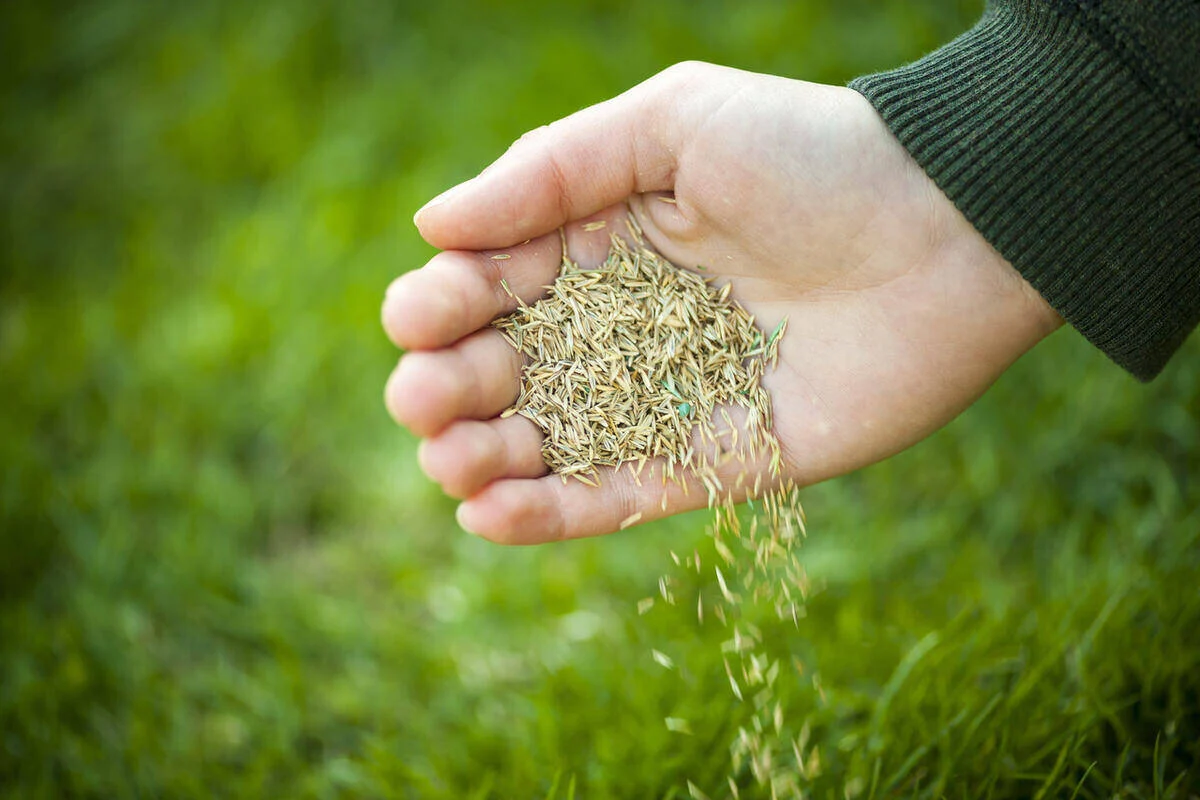
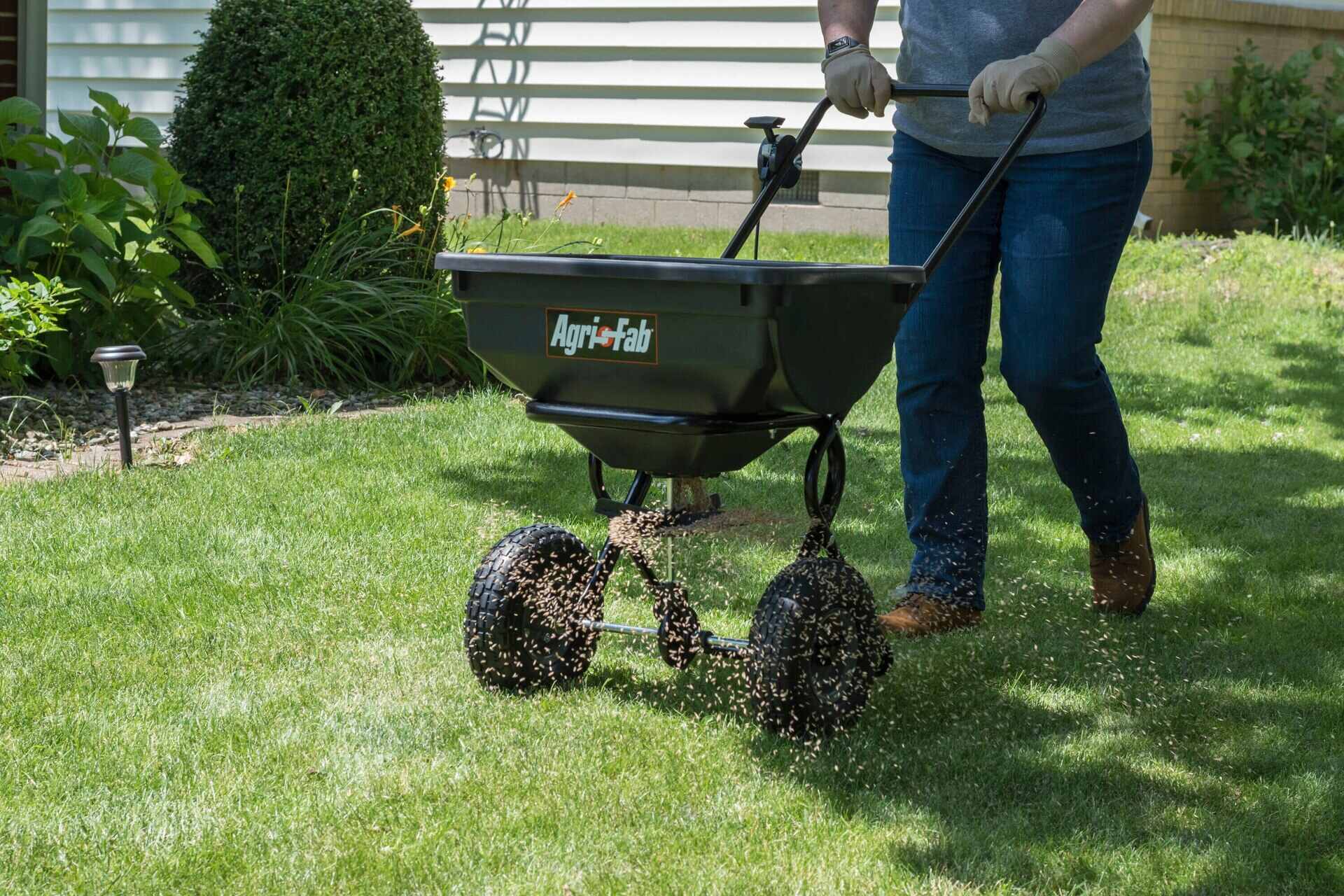
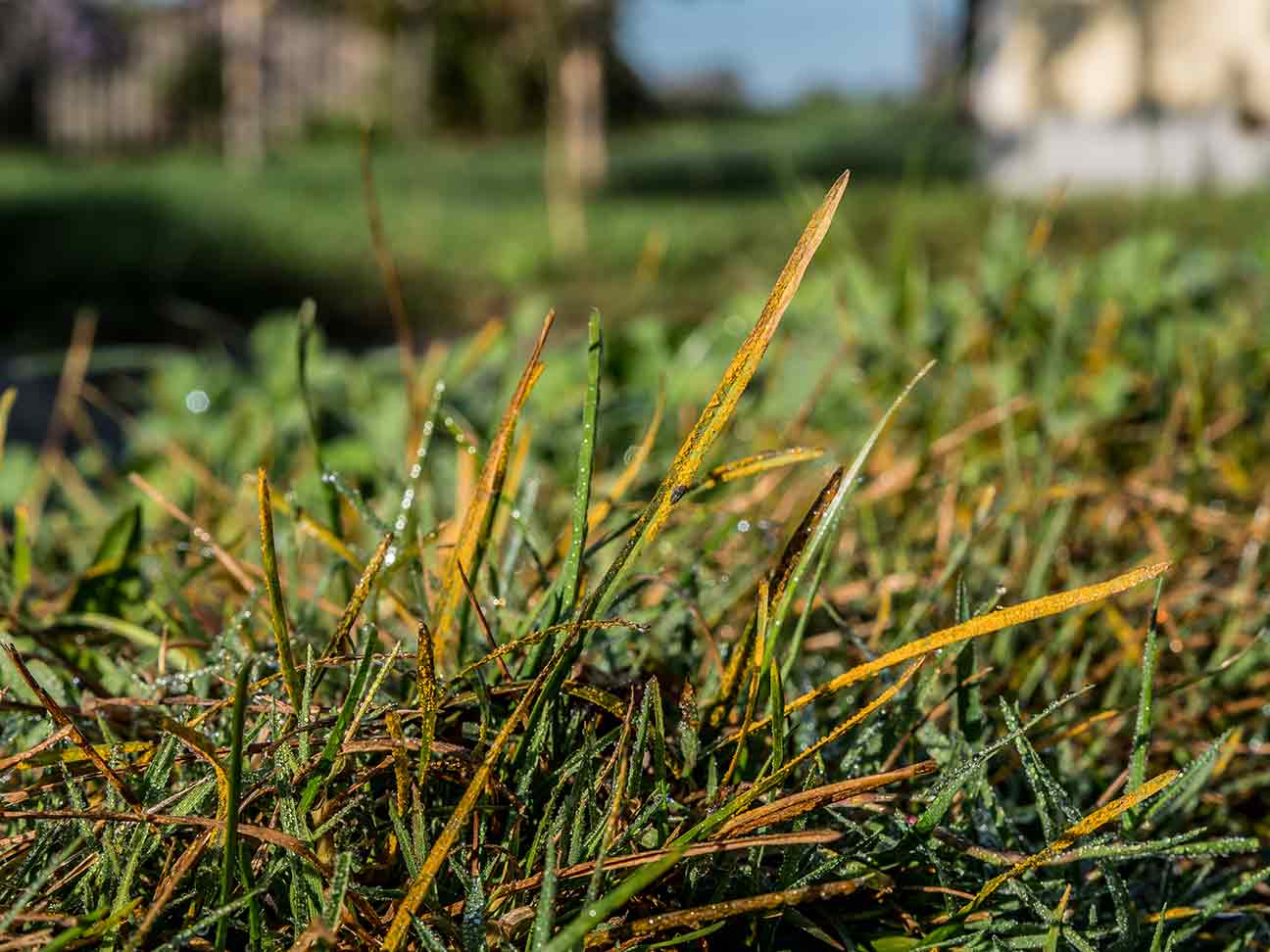
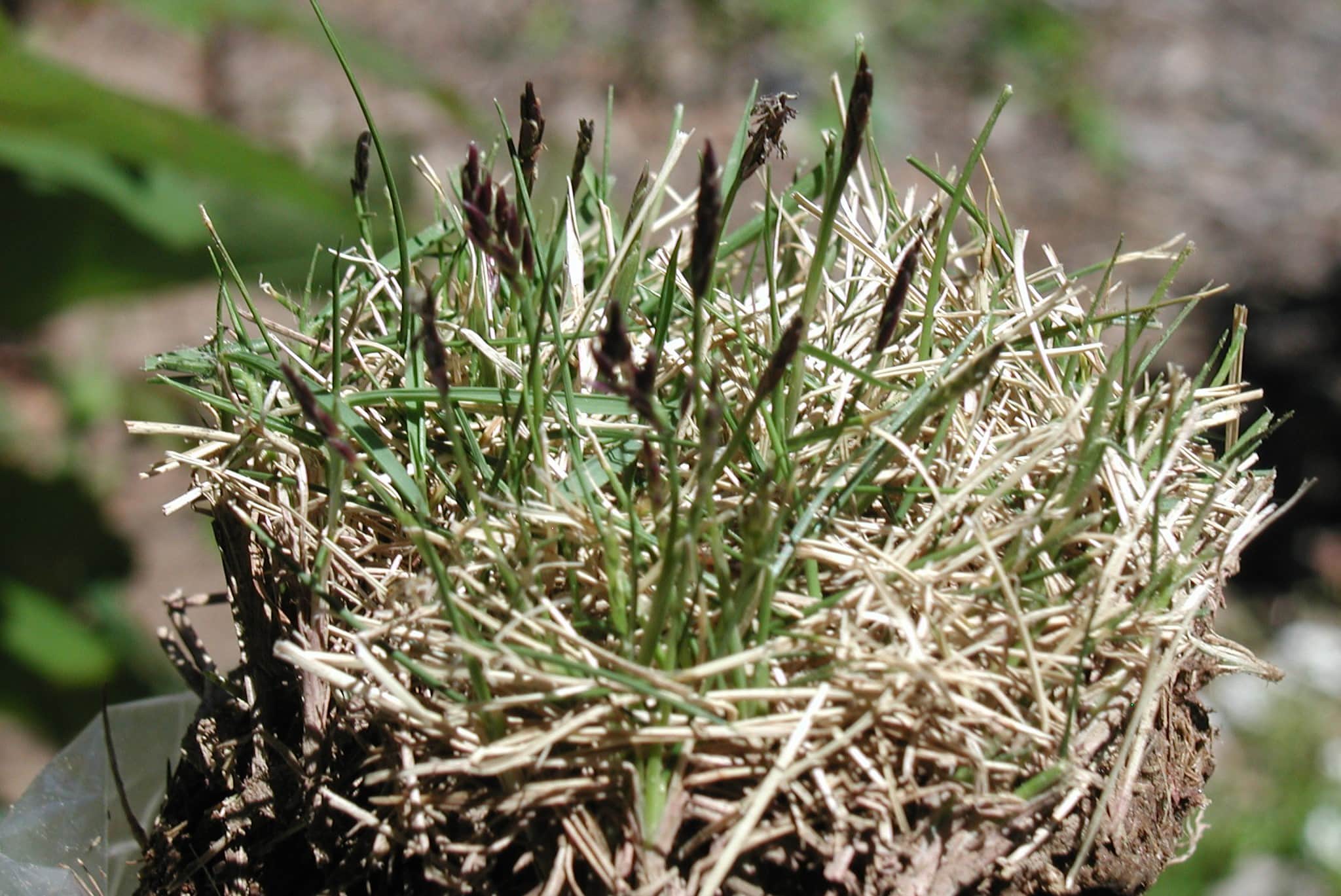
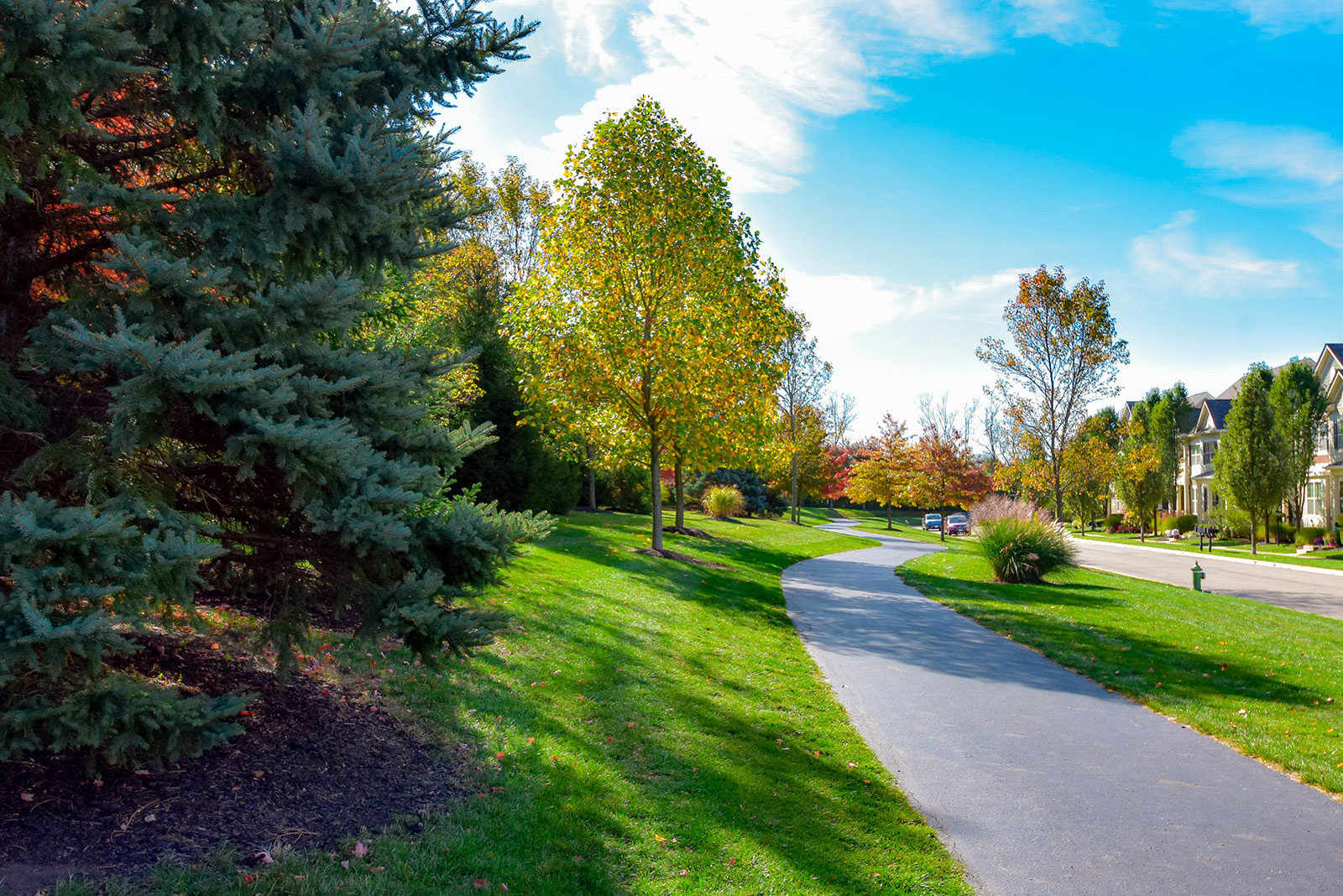
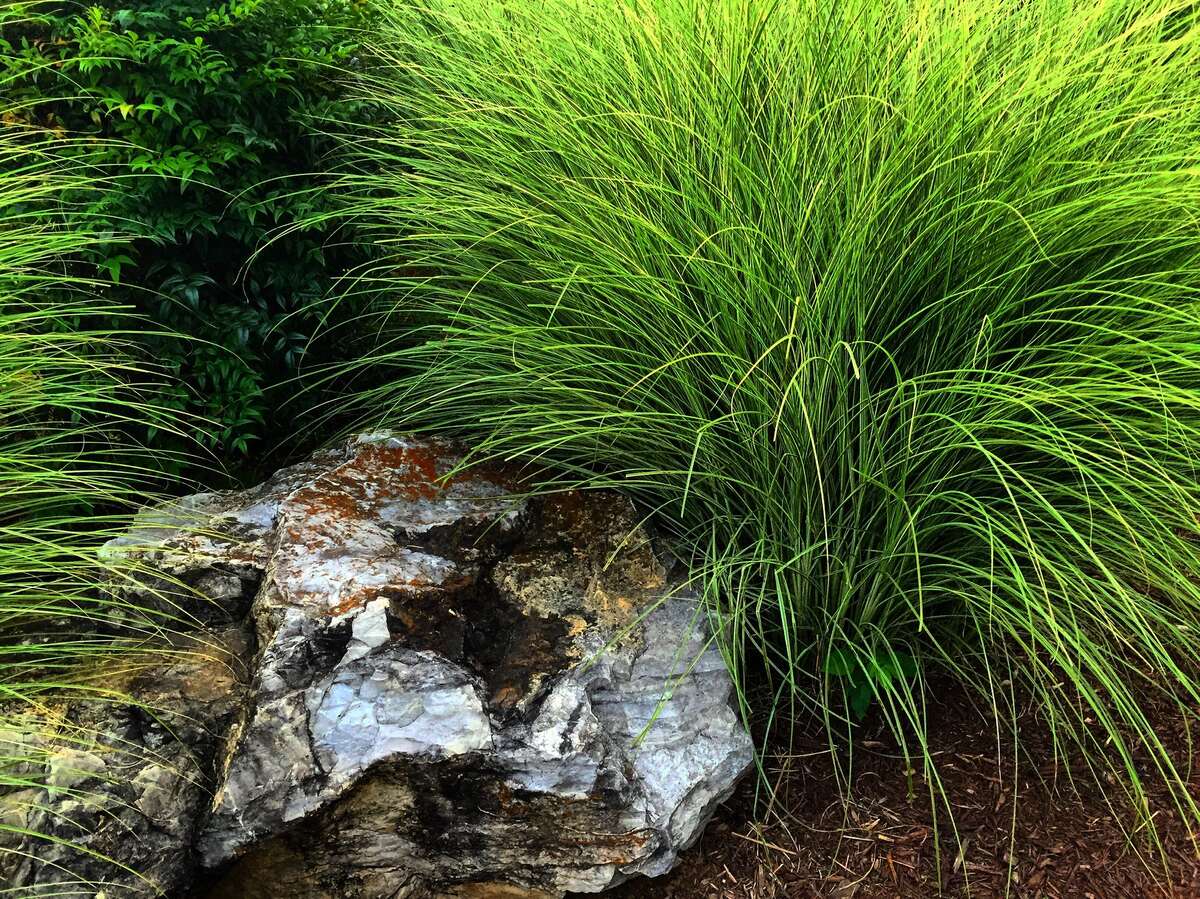
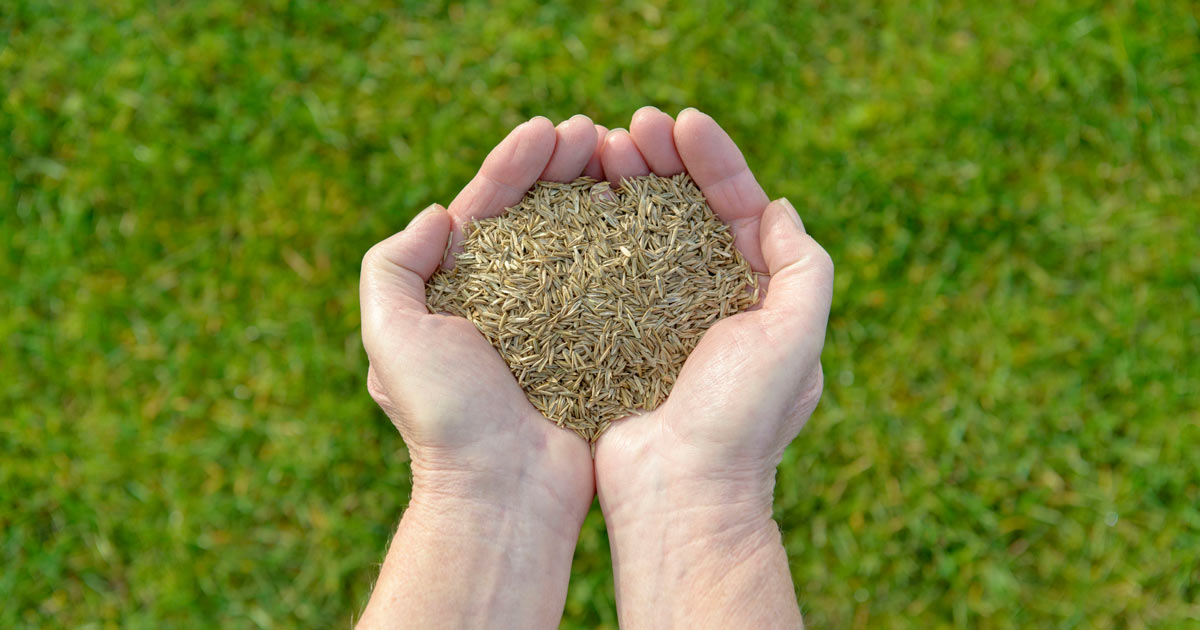

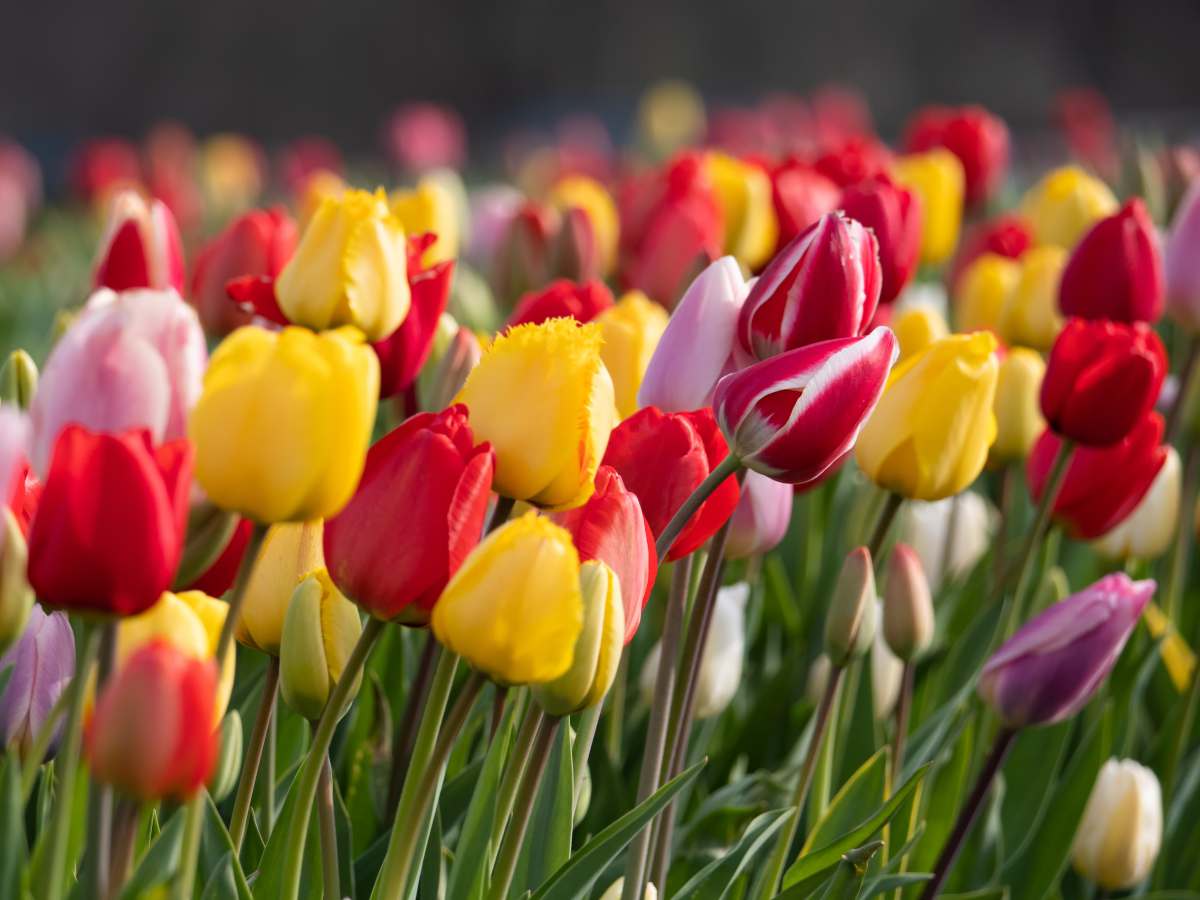

0 thoughts on “Gardening 101: When is The Best Time To Plant Tulips”